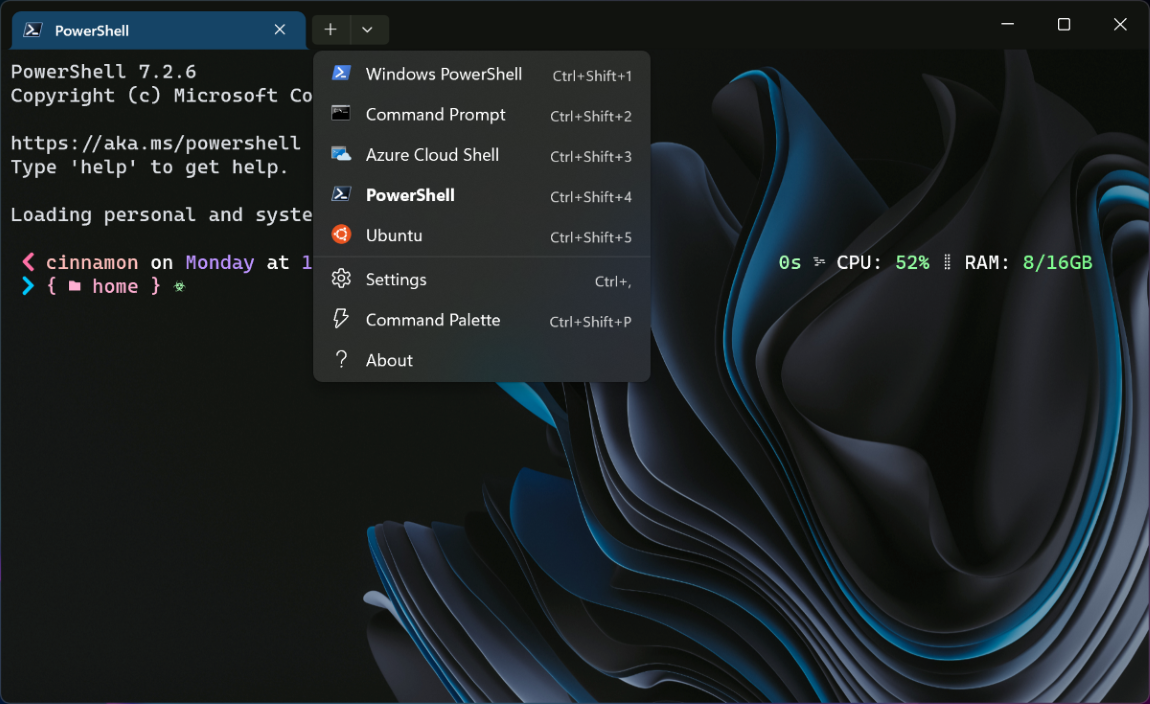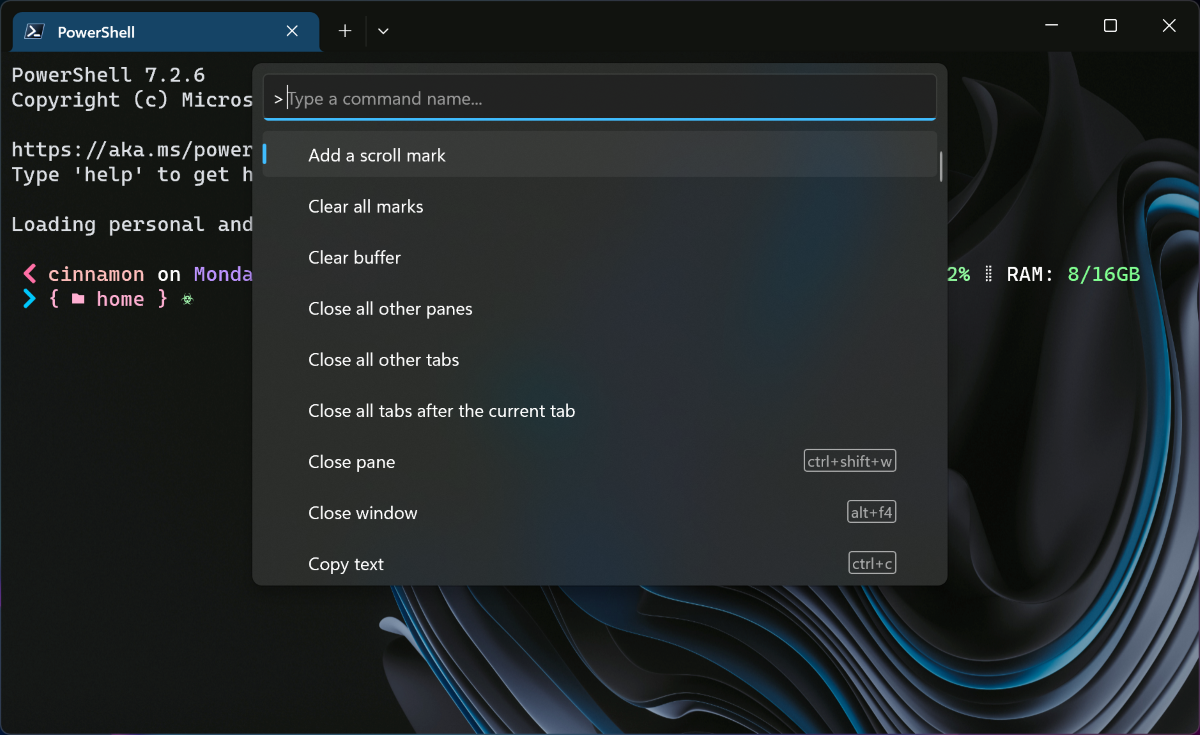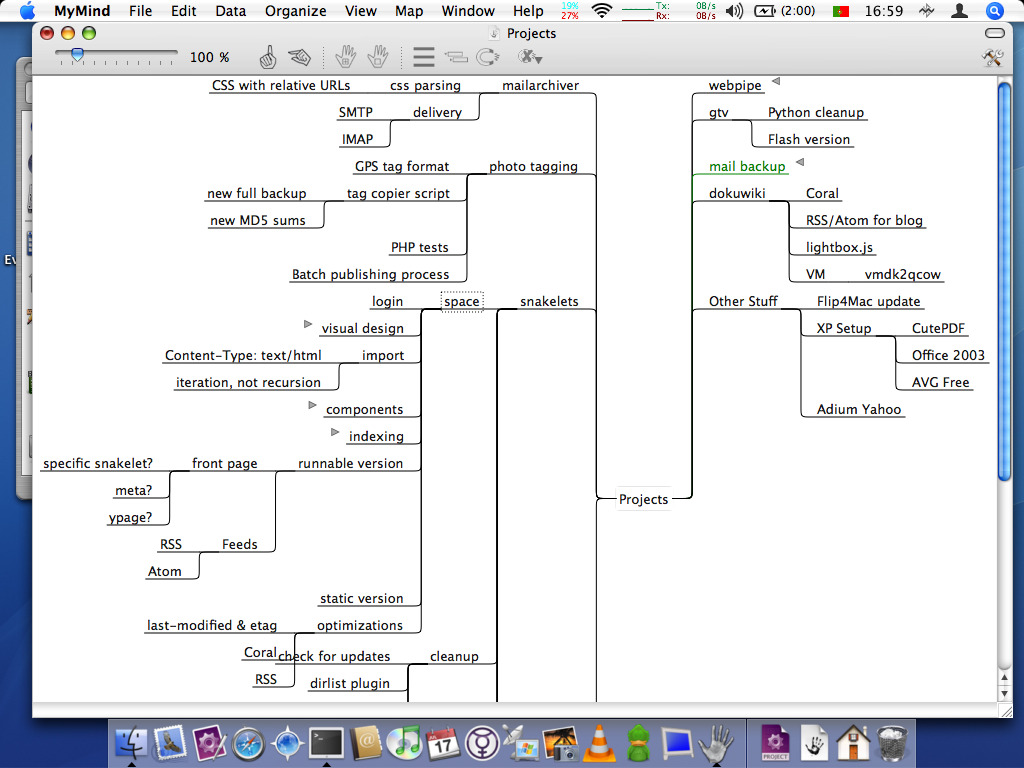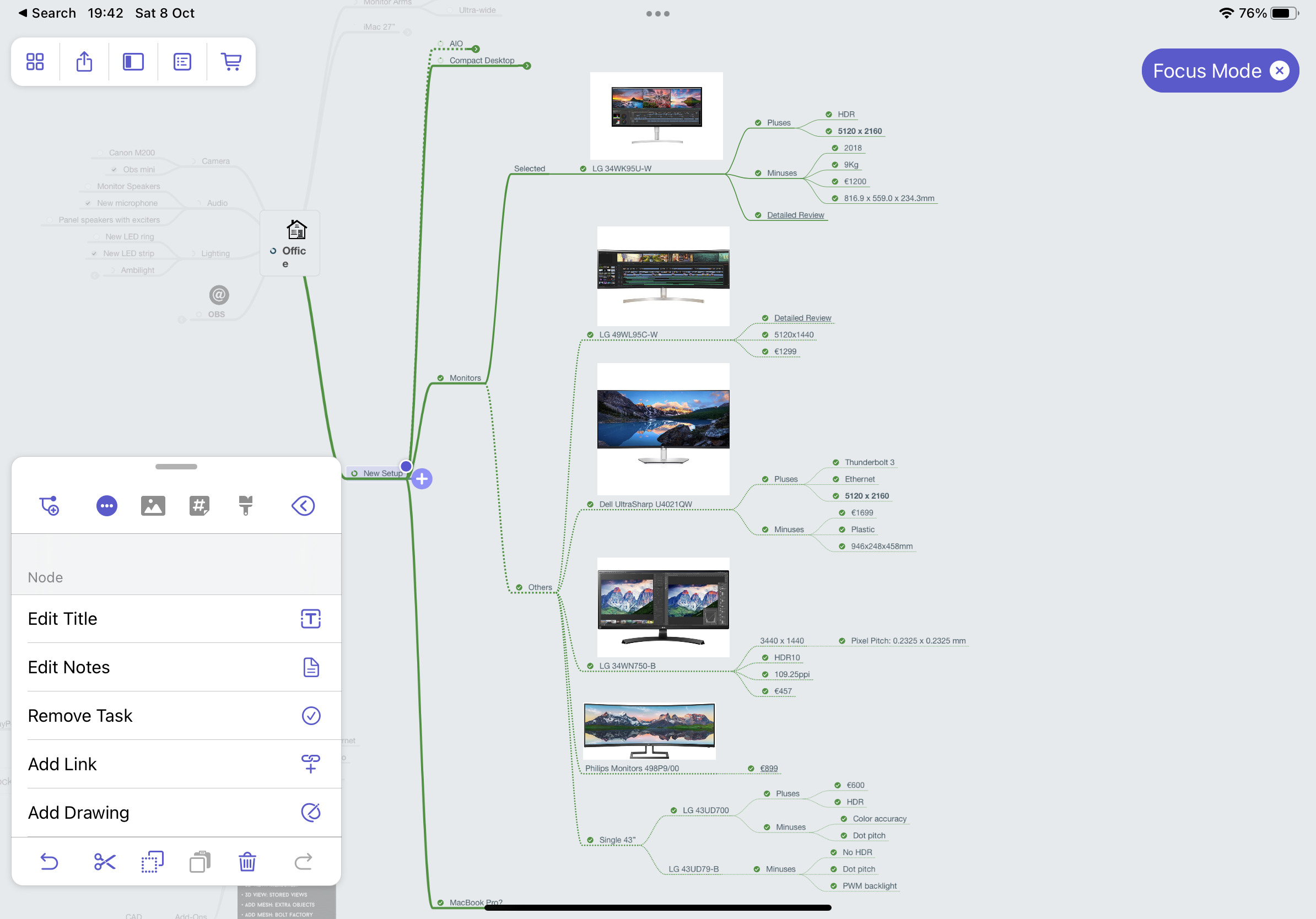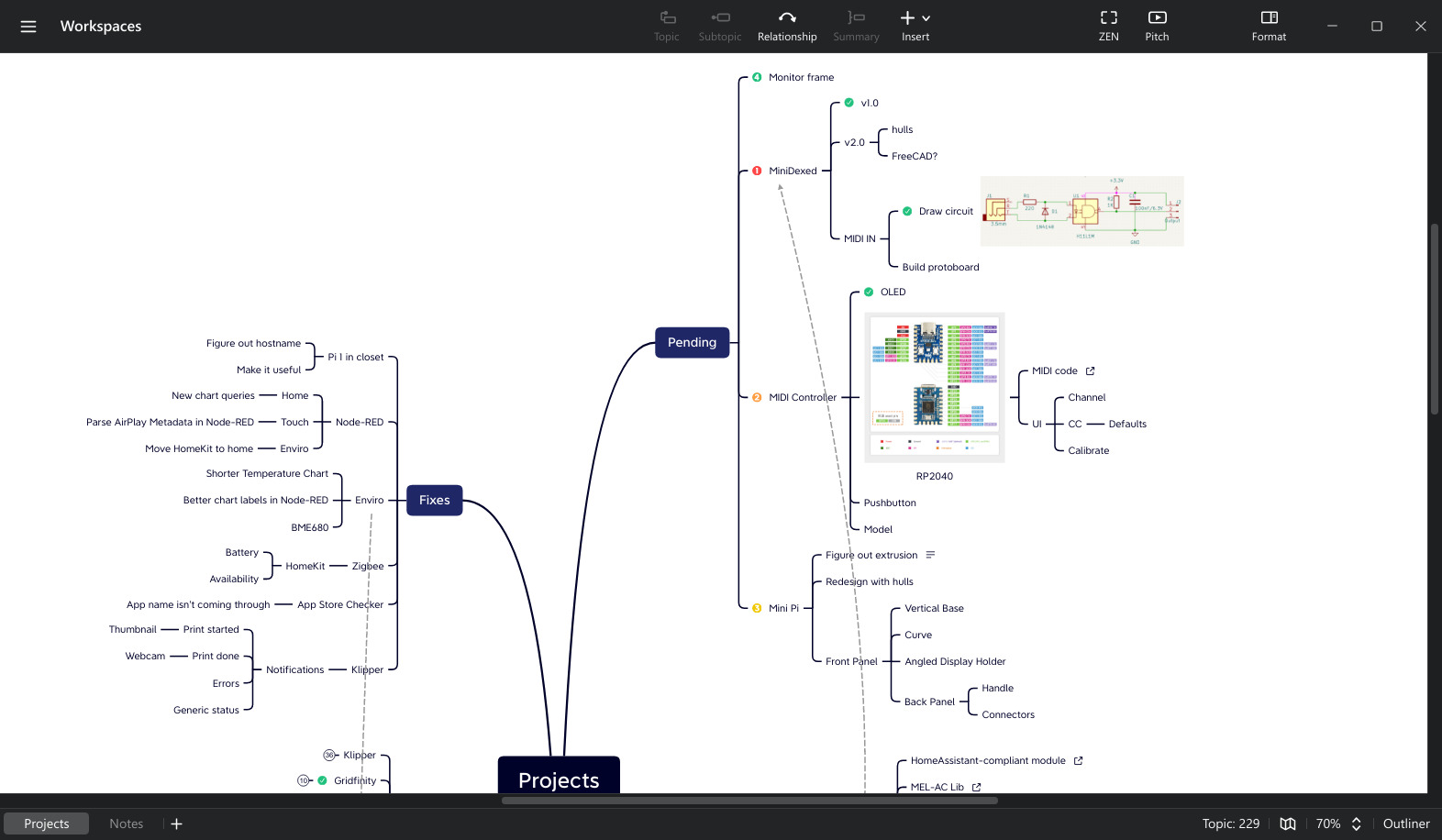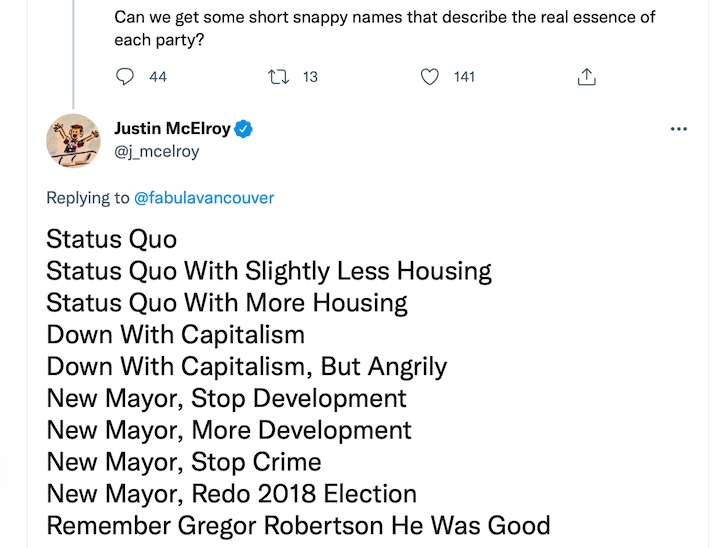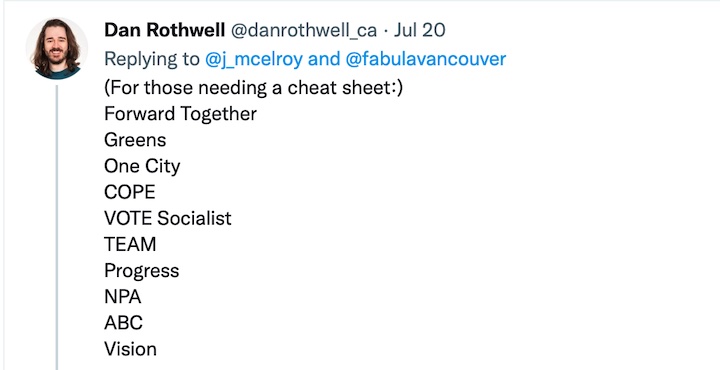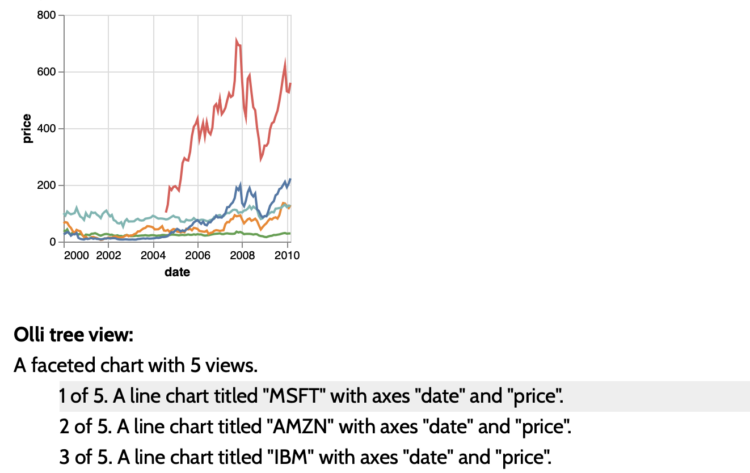The political ambitions of the libertarian wing of the Brexit Ultras have always been ambivalent. On the one hand, they have largely preferred to complain of betrayal from the sidelines rather than take any responsibility or, if accepting ministerial office, to quickly resign rather than engage with the pragmatic realities of Brexit. On the other hand, they have hankered to be in charge not just so as to create ‘true Brexit’, but the ‘real Conservatism’ of which Brexit was a part and to which it was a gateway.
With the advent of Truss’s premiership, they have eschewed the sidelines in favour of governing and, with a rapidity that even their sternest critics would have thought it cruel to predict, have been exposed as utterly incompetent, both politically and economically, and in the most basic of ways. It is deeply ironic that this has happened at the hand of ‘the markets’ which they so slavishly fetishize.
Anatomy of a crisisThe occasion, of course, was last Friday’s tax-cutting ‘mini-budget’. “At last! A
true Tory Budget”,
the Daily Mail drooled, whilst
Nigel Farage simpered about “the best Conservative Budget since 1986”. Yet, whether despite or because of this fidelity to Conservatism, and
as anticipated in my previous post, there was an immediate crisis in the currency and bond markets, with the value of the pound falling to its lowest ever level on Monday, and the cost of government borrowing in the form of gilts or bonds rising very sharply. Amongst numerous knock-on effects,
pension funds, which invest heavily in such bonds,
came within hours of mass insolvency on Wednesday afternoon, threatening a major breakdown of the financial system and requiring
major emergency temporary action from the Bank of England. This, in combination, with
a clear signal from the Bank that interest rates will rise in due course, which eased pressure on the pound, has effected a degree of stabilization, but markets remain jittery and it’s by no means clear that this crisis has run its course, especially as regards gilts.
These weren’t routine or trivial market movements, but an overwhelming and brutal vote of no confidence in the government’s plans. Specifically, they were a vote of no confidence in the decision to cut taxes, or not implement previously planned tax rises, and to fund this through borrowing. Again as anticipated in my last post, the government’s refusal to allow its plans to be scrutinised independently by the Office for Budget Responsibility added to market alarm. So, too, did Chancellor Kwasi Kwarteng’s casual reaction over the weekend, even
suggesting further tax cuts to come. The rout continued on Monday when, as Paul Donovan, Chief Economist at UBS Global Wealth Management,
put it, “investors seem to regard the UK Conservative Party as a doomsday cult”.
Throughout the week, the absence of public statements from Truss or Kwarteng compounded this impression, and when Truss did emerge on Thursday morning
it was to re-confirm the government’s policy and downplay the market reaction, as well as denying it had anything much to do with the mini-budget. To the extent she admitted any connection it is the false one that markets didn’t like the costs of the energy bill support part of the budget, when in fact it was the tax cuts. It has since emerged that this and the equally false claim that what is happening in the markets is a global event due to the Ukraine War rather than something specifically affecting the UK
are to be the government’s lines of defence.
Amongst the most significant events was when, on Tuesday,
the International Monetary Fund (IMF) issued what
BBC Economics Editor Faisal Islam described as a “stinging and unusual rebuke” to the UK. What made it so unusual was that such IMF warnings are usually made to emerging markets, not leading global economies. I mentioned in my previous post that aspects of the economic situation resemble those which occasioned the IMF’s 1976 bailout of the UK, and its statement this week that it is “closely monitoring” developments in the UK carried echoes of that. It was also, like the comments of other international players and the decisions taken by traders, a reminder that, no matter what Brexiter ‘sovereignty’ fantasists may think, the UK can never be ‘independent’ of the wider world within which it is a relatively small player. Most fundamentally, the Brexiters’ belief that they can create their own reality, and that all opposition can be swept aside as ‘Project Fear’ or ‘remainer sabotage’, was tested almost to the point of destruction.
These events have been widely reported and there’s no point in me adding more to that. Instead, I want to tease out more about the Brexit aspects and implications.
The Brexit mini-budgetAt one level, the mini-budget had very little to do with Brexit in that, so far as I can see, the only provision within it that wouldn’t have been possible whilst a member of the EU is the planned removal of the cap on bankers’ bonuses. That isn’t unimportant, politically, but it’s not what spooked the markets. However, it is the budget of the Brexit Ultras and it is intimately bound up with Brexit. In case anyone doubts that, it was underlined by Farage’s endorsement. Even
more explicitly (£), John Longworth,
one of the most immoderate of the Ultras, regards it as part of Truss’s battle “for the future of Brexit Britain”. It’s a sentiment widely shared in Brexiter circles, with
the Bruges Group tweeting that “remain media are talking up market panic … to derail Brexit”.
So, given that the Brexiters themselves regard the mini-budget as integral to Brexit, it’s reasonable to say, as
Robert Shrimsley of the Financial Times did (£), that “Brexit ideology lies behind the UK’s market rout”. It’s abundantly clear to even the feeblest intelligence that those Brexiters
now include Truss, for all the fury of Dominic Cummings’s denials (
directed at me!) on the inane grounds that she supported remain in 2016. As
I pointed out during the campaign, she is now a ‘born again Ultra’, perhaps the more fanatical for being so, and was
extravagantly endorsed by the leading Ultras, making the fact that she was once a remainer the most tedious and least relevant thing to say about her.
As so often before, Brexiter responses to the crisis they created have been confused and contradictory. Some in the government prissily said they could not comment on market events, as if some new Trappist ordinance of political propriety has been invented. Others downplayed what has happened, suggesting that the market reaction is either trivial or transient, or even that it has little or nothing to do with the budget but is simply a result of a strengthening dollar (which doesn’t explain why the pound fell against all major currencies, or what happened in the bond market). Outrageously, some, like Crispin Odey, hedge fund manager, Tory and Vote Leave donor, and sometime employer of Kwarteng,
blamed “remainers”. Peak insanity was reached by Daniel Hannan, who blamed the crash not on the mini-budget, but
market fears of a Labour government!
In addition, or instead, some Brexiters
blamed the Bank of England (BoE) for having failed to increase interest rates by enough, early enough, or to have reacted immediately to the crisis so as to support sterling and control inflation. That argument is more complicated than their others. There is a case that last week’s pre-budget interest rate rise should have been larger, although it’s not a straightforward one because doing so would also have been likely to impact on the cost-of-living crisis by pushing up mortgage rates.
Nevertheless, it was the government’s mini-budget, not the BoE, that caused this crisis and there is
something bizarre about a government simultaneously taking inflationary measures it says will boost economic growth, whilst relying on the BoE to take measures to reduce inflation and choke off growth. Indeed, part of the reason for market nervousness is that the institutions of financial and economic governance are not acting in a consistent and coordinated way,
something flagged up by Mark Carney, the former BoE Governor whose actions did much to preserve a degree of economic stability after the Brexit referendum vote. Perhaps the BoE could have acted earlier, though had it done so it's easy to predict that then it would have been accused of overreaction and of trying to undermine government policy. In any case, what is even more bizarre is the spectacle of Brexiters, with their disdain for experts, technocrats and unelected bureaucrats, positioning the BoE as having responsibility to save the government from itself. Or perhaps it is not bizarre, so much as a reflection of the Brexiters’ reflex refusal ever to take responsibility for anything even when in government.
Government by cultistsThat refusal has as its counterpart the distinctively Brexity idea, now taken over wholesale by this Brexit government, that they are beleaguered revolutionaries of true Conservativism fighting the (presumably false) conservatism of ‘the Establishment’. The notion of Brexit as an anti-Establishment insurgency has been a ludicrous one ever since the 2016 referendum was won, and Brexit became adopted as the central policy and national strategy. It is even more so now that the Brexit Ultras are unequivocally in charge of government, though of course it is a standard populist trope, familiar from the Trump presidency.
What we have seen this week is that the Brexiters have added ‘the markets’ to the increasingly long and diverse list – encompassing the ‘Woke’ Blob, the civil service in general and the Treasury in particular, the BoE, remainers, rejoiners, the National Trust, the BBC – of enemy forces they must confront in the name of revolutionary purity.
Longford explicitly included the City in this list, whilst
unnamed government figures suggested that traders were enacting “a plot by the left” which will have come as a surprise to them. Similarly,
the Daily Mail reported that senior Tories blame “City Boys” for “sparking economic chaos” with traders “trying to make money out of bad news”. Well colour me shocked. Haven’t these free-market ideologues worked out that ‘trying to make money’ is what traders always do, indeed it’s all that they do? Do they think that ‘City Boys’ care about making government policy look good? And aren’t these the same ‘City Boys’ who, according to Kwarteng, are the brightest and the best who must be encouraged to come to London by uncapped bonuses? Aren’t they, for that matter, good ol’ City Boys like
Crispin Odey?
The IMF, which has long been on the Brexiters’ list of enemies, also came under attack for its comments. For example, Brexiter economist
Andrew Lilico was outraged by its “left-wing” intervention, to the point that he advocated the UK should “withhold its IMF contributions”. It is a strange world in which the IMF is considered ‘left-wing’ (or even, as
Brexit Party ex-MEP Lance Forman had it, “socialist” and under the influence of the EU), and the idea of withholding contributions seems to conjure up a vision where Brexit is the gateway to exiting any and every international institution, in a permanent revolution of endless Brexits.
Also triggered by the IMF,
David Frost opined, contradictorily, that its comments were “somewhat eccentric” yet reflected its “highly conventional approach”. This is indicative of the fact that what is at stake is more than Brexiter whinging about the enemies that beset them. This government, and its
semi-intellectual underlabourers in think tanks and the media, are convinced that they are the custodians of a new truth. The markets and their economists are
“attached to the old way of doing things” as Patrick Minford put it, to the extent that
“there is no sterling crisis except in the minds of idiots” (£). Similarly the BoE has “not got the memo” about the “economic consensus crumbling”
according to Paul Marshall (£), investment manager and Vote Leave donor. Thus arch-Brexiter journalist
Allister Heath insists (£) Liz Truss must “hold her nerve” and defy the “orthodoxy” of “the elites”.
Their problem is that, as the market reaction shows, the ‘old ways’ still hold and the ‘economic consensus’ remains. Calling it an “orthodoxy” is accurate, but that very accuracy shows why decisions to “defy” it are foolish. That’s why investors regard the Tory government as a ‘doomsday cult’, and responding that investors are ‘idiots’, ‘conventional’ or even ‘socialists’ makes no difference, except perhaps to re-enforce them in that view.
As I put it in my last blog, traders simply don’t care about the theories of Patrick Minford, or of the broader IEA-derived analysis of the cultist government. Indeed, one of the few semi-amusing features of Brexit is the spectacle of all these free-trade, free-market economists going into contortions to explain how erecting trade barriers doesn’t damage trade and, now, why markets don’t understand how to price currencies or debt. It’s this stupidity that accounts for the fact that, apparently,
market traders talk of the demand for a “moron risk premium” in order to hold sterling assets and fund UK debt.
But is there a cunning plan?However, there is a different interpretation of all this doing the rounds on social media*, in which, far from being utterly incompetent, the Brexit government has a skilful, if malevolent, plan. It is an interpretation which comes in two variants.
One version is that the government deliberately crashed the markets, secretly giving hedge fund traders and others – with whom the current government has strong links of networks and party funding – advance notice so that, as indeed happened,
they could short the markets and make fortunes. It doesn’t really make sense, though, because no such secret information would need to be passed – it was obvious even to me, and widely predicted, what was going to happen if the mini-budget pursued the policies Truss had openly advocated during the leadership campaign. Indeed that’s why the pound was beginning to fall once it became clear she was almost certain to win.
It also doesn’t make sense given the huge political price of the crisis. Some suggest that the government is so fanatical that it does not care about winning elections, or already thinks the next election is lost, and will inflict any amount of damage in order to pave the way for disaster capitalists to swoop in. Even, some say, the government ministers devising this scenario are doing so in expectation of lucrative employment with hedge funds and the like. But I’ve never met or heard of a politician who having devoted years to a political career has so cavalier an interest in its continuing success, and it seems extremely improbable that it would characterise an entire government.
And if it really does, then why provide energy bill support, so plainly at odds with small state, libertarian ideology? Indeed that seemed to be Truss’s position early in the leadership contest, when she spoke against giving people “handouts”, only to change tack when it became clear what the political consequences would be. The same applies to the theory of a deliberately engineered market crash.
The second variant of the ‘cunning plan’ interpretation is that the market reaction was anticipated by the government with the intention of providing a justification for a subsequent full budget including massive public spending cuts, as well as ‘supply side’ deregulation of labour rights, planning, and environmental standards, in order to ‘satisfy the markets’. On this account, the government manufactured the current crisis as a step to that pre-existing end goal.
In reality, it is highly unlikely that any government would deliberately create such a crisis, again because of the political consequences. Whatever any government’s agenda may be, it can only deliver it if it is in power and able to exercise power. That remains true even if the agenda is a secret one to enact some Ayn Rand-like laying waste to society and the state or, at least, a massive rolling back of the state. It still requires being in power, and being in power for a considerable amount of time, and with very little opposition or constraint. Yet some, such as
Guardian journalist Polly Toynbee, think this week’s crisis will
put the Conservatives out of power for a generation and
many Tory MPs fear just that. But if the analysis that the government wouldn’t want a crisis because of the political consequences isn’t accepted, then why would it feel the need to provoke a crisis to justify spending cuts, rather than simply make the cuts and face the political consequences of doing so?
I suppose that those who believe the ‘cunning plan’ theory, in either variant, will never be persuaded otherwise, despite its inherent implausibility. One thing about such theories is that (ironically, rather like those of the Brexiters) they constantly twist the available evidence to ‘prove’ themselves. For example, until very recently Rishi Sunak appeared in such theories as the arch-libertarian, product of Goldman Sachs, former hedge fund partner and, supposedly, masterminding the introduction of ‘Charter Cities’ into the UK. Surely if the plan to deliberately crash the markets existed then he would be part of the government delivering it, perhaps even leading that government? And if he had been then, inevitably, that would have been cited as ‘proof’ of this secret plan. Yet, in fact, it was he who, during the leadership campaign, repeatedly denounced the “fairy tale” of Trussonomics, anticipating exactly the effects it would have on currency and bond markets and rejecting it as irresponsible.
No, just incompetenceSo my own view is that, in their arrogance and delusion, this Brexit government, and its cheerleaders, really do believe it has found a new ‘unconventional’ economic model and did not expect the market reaction, and that although a full November budget was certainly planned, including the announcement of the deregulatory ‘supply side reforms’ that will supposedly deliver the growth to pay for tax cuts, it was not going to include significant spending cuts which, instead, were anticipated for after Truss had won the election on the back of what they expected to be a growing economy. Then, with the legitimacy of a fresh mandate and a compliant parliamentary majority, she would declare it was time to shrink public spending but without coupling that with the tax cuts that would already be in place.
If my interpretation is right, the government’s plan is now in tatters, and the expectation is that the November budget
will feature huge spending cuts (£) (and perhaps reversing the tax cuts, as some Tory MPs want, which can’t be ruled out though it seems unlikely at the moment). That may seem to be the same outcome as version two of the ‘cunning plan’ that I’ve rejected, but my point is that the government would not, from choice, have initiated spending cuts before the election but afterwards, because of the political unpopularity of such cuts. Otherwise, why not just have held a normal budget this Autumn, featuring both tax and spending cuts, avoiding a market crisis altogether, taking a political hit, no doubt, but nothing compared to that which they now face.
For this government was already politically weak, and as a result of this crisis is now much weaker. Although the libertarian cabal has taken control of the government, both it and Truss have many opponents amongst MPs and, as I
remarked in a post during the leadership campaign, the current Tory Party is so riven by factions as to be unleadable, with rebellions an ever-present possibility. This week’s crisis has laid that bare, with, almost astonishingly given how new her premiership is,
reports of letters of no confidence in Truss being submitted by some MPs and threats of backbench revolts.
Crucially, the
latest opinion poll, published yesterday evening, shows a massive 33% Labour lead, an increase of 16% since the mini-budget. That may not last, but it’s very possible that the government will not recover from this crisis, rather as happened after Black Wednesday in 1992 when the immediate fall in the polls
was actually smaller.
It’s not just a matter of the electorate reacting fearfully to headlines of market turmoil and the sense that the government has lost control, it’s the
impact on prices, most obviously petrol, and on mortgages, with
several major lenders withdrawing fixed-rate offers this week and rates certain to increase, as well as predicted significant falls in house prices,
perhaps by as much as 15%. This comes on top of the acute existing energy and general inflationary problems voters face, and their negative reaction can only be compounded if this crisis is immediately followed by, and seen to be the cause of, a new round of deeply unpopular ‘austerity’ spending cuts. The consequence is that Truss is now much less likely to win the next election and, possibly,
won’t even survive until then.
Ultimately, the key point as regards the competence of this government by cult is that actually
it’s irrelevant whether the crisis was the unexpected consequence of last Friday’s mini-budget decisions or was indeed ‘the plan’. Either the government was too incompetent to anticipate the scale of market reaction, or too incompetent to anticipate the scale of the political consequences of that reaction.
The dangers of cultismThe question about design versus incompetence has a wider significance. Throughout the Brexit process there have always been some, mainly remainers, who are adamant that it is driven by Machiavellian master strategists who conceal themselves behind a façade of stupidity and incompetence. To my mind, it is an absurd notion: not only did the Brexiters never have a single, unified, strategy but also everything I have seen or heard about them suggests that they really are just as incompetent in private as in public.
So now that we have a government of the libertarian Brexiters, it genuinely believes – egged on by
its think tank advisors – that it is in possession of a new truth, one despised and ignored by the ‘experts’ whom they see as financially and intellectually invested in the ‘old way’ of doing things. That truth informs the fantasy economics of this ‘budget for growth’ but encompasses the entirety of the Brexit project, including the persistent, hubristic delusion of the UK’s power to dictate terms to the world around it and the fantasy which accompanies it about what ‘sovereignty’ means.
It rests upon a fanaticism, completely at odds with reality, shored up by the impregnable arrogance and mulish stubbornness of mediocrity. The most dangerous thing about it is not that these fanatics refuse to listen to any warnings, whoever they come from, it is that the more they hear those warnings
the more convinced they are of their own rightness. This is the Brexiter logic I have written about so many times before (I think
the first time was May 2017) in which every piece of evidence that proves their claims wrong is re-interpreted as proof that they are right.
That perverse logic is compounded in government by the creation of a groupthink bunker from which all dissent is banned, external constraints regarded as sabotage, and everything outside regarded as the treacherous machinations of the enemy. Some of the responses from the Brexiters to what has happened this week show the virtual insanity that is required in order to sustain this view of the world.
The bigger pictureThis is an utterly disastrous approach to running the country, and it was brutally exposed as such by what happened this week. This, I think, was about much more than the government’s plans to increase debt. For one thing, it’s just the latest example of how the pound has ebbed and flowed since Brexit, always dropping when it seemed as the most extreme Brexiters would prevail (e.g. in getting ‘no deal Brexit’) and rising when it seemed that some degree of relative pragmatism was in the offing, though overall the general trend was always downwards.
Much more importantly, whilst the Donovan comment about a ‘doomsday cult’ being in charge of the UK was at one level a specific reference to Truss’s government it surely reflects a wider view of the UK since Brexit. That view isn’t simply to do with this or that budget, or even anything specific or measurable. It’s the more general reputational and cumulative effect of seeing a country which for six years has taken bizarre decisions, picked needless fights with its allies, showcased political instability, been cavalier about institutional probity, constitutional propriety and the rule of law, and all the other pathologies of Brexit and its aftermath. Throughout all of this has been the underlying presence and power of, indeed, a doomsday cult of Brexit Ultras, impregnable to evidence and reason. We are now seen, rightly, as a country which has become less reliable, less stable and less trustworthy, and, in some fundamental way, detached from reality.
So the market chaos this week and the economic crisis it has caused are contextualised by the general lack of confidence in such a country as well as providing an example of Brexiter fantasies, and specifically those of the budget, being found out by reality. In that sense, the current crisis is a crisis of Brexit.
A nation’s currency isn’t necessarily a reliable measure of its standing, and if it is then it’s a crude one and certainly not only one, and it is affected by many things. But it tells us something. Consider, then, that since the day before the referendum, when it was worth $1.49, to the pound’s lowest point of $1.03 this week – just six short years, though how long they seem – sterling has lost an astonishing
one third of its value. It’s as good a measure as any of what Brexit has cost us economically, whilst symbolizing far, far more than our economic losses.
*I usually provide links when discussing the claims and arguments of others so that readers can judge whether I am representing them accurately and fairly. In this case I haven’t found any public figure making this argument which instead comes from numerous small social media accounts and it would be unfair to identify them. But the argument is being made by a significant number of such accounts, so is clearly widespread, which is why I am discussing it.




 This means that all command line applications will now automatically open in Windows Terminal. This blog post will go into how this setting is enabled, the journey of Windows Terminal along with its fan-favorite features, as well as give a huge thank you to our contributors who have helped throughout Terminal’s journey.
This means that all command line applications will now automatically open in Windows Terminal. This blog post will go into how this setting is enabled, the journey of Windows Terminal along with its fan-favorite features, as well as give a huge thank you to our contributors who have helped throughout Terminal’s journey. In order for this behavior to take effect, you’ll need to be running Windows Terminal version 1.15 or greater.
In order for this behavior to take effect, you’ll need to be running Windows Terminal version 1.15 or greater.
 (@cinnamon_msft)
(@cinnamon_msft) 